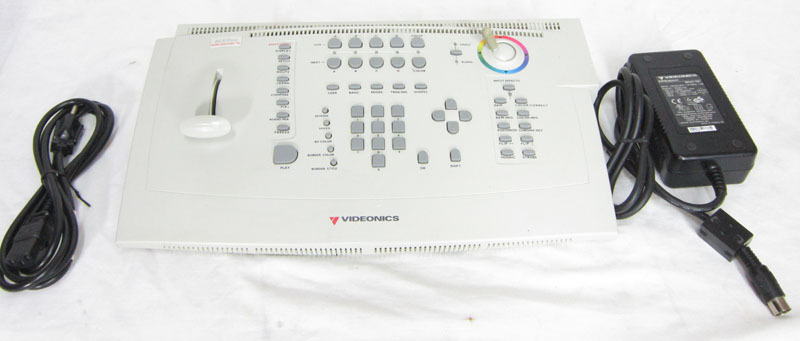

If you have a mixer and two play sources, Chapter 3 will also walk you through an A/B Roll. In Chapter 3 you will configure Edit Suite for use with your equipment, hook up and test your connections, then create, preview and record an A/A Roll. Next, proceed with Chapter 3, Getting Started.

Skim through Chapter 2, spending just enough time to recall the primary functions and locations of the keys. Chapter 2 introduces the Edit Suite keyboard. How to Proceed The remaining pages in this chapter provide a brief overview of Edit Suite, starting with how Edit Suite fits in with the rest of your equipment, and ending with an introduction to the Edit Decision List. Whether you have one play VCR and one recorder or a full complement of VCRs, camcorders, mixers and titlers, Edit Suite will adapt to meet your needs. If your VCRs do not support time code, Edit Suite will use the Real Time Counter as its source for timing information. Edit Suite even supports record VCRs with Infrared control! Edit Suite reads all of the major time codes–LTC, VITC and RCTC–so you can get time-code accuracy with all of your productions. Edit Suite supports all of the primary editing control protocols–Sony Control-L (LANC), Panasonic 5 pin (Control M), RS-232 and RS-422–so you can work with a wide variety of VCRs and camcorders from a consumer level up to the professional level simultaneously.

Error Messages and Troubleshooting Appendix A.Setup and Configuration Menus Chapter 10.Managing The Edit Decision List Chapter 7.New Menu Scene (A/B/C/D) Events Source (SRC) Events MX1 Events Mixer Events GPI Events Insert (INS) Events Split Insert (SPLT) Events Stop Events Overview of Edit Suite A Few Words About Time Code The Edit Decision List AB-1 Edit Suite User Guide Contents Controls and Back Panel Chapter 1


 0 kommentar(er)
0 kommentar(er)
